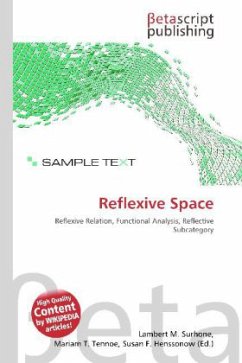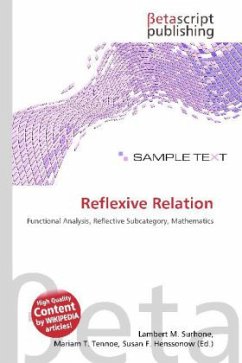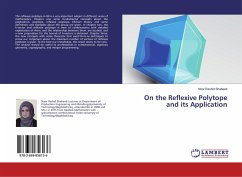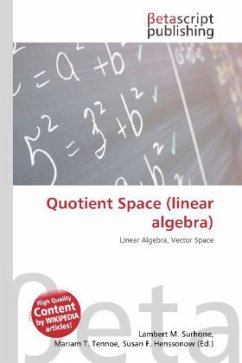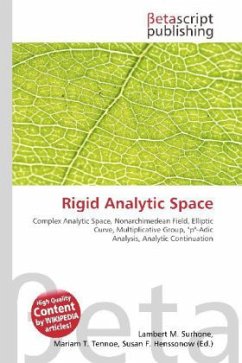Please note that the content of this book primarily consists of articles available from Wikipedia or other free sources online. In functional analysis, a Banach space (or more generally a locally convex topological vector space) is called reflexive if it coincides with the dual of its dual space in topological and algebraic senses. Reflexive Banach spaces are often characterized by their geometric properties. Suppose X is a normed vector space over R or C. We denote by X its continuous dual, i.e. the space of all continuous linear maps from X to the base field. As explained in the dual space article, X is a Banach space. We can form the double dual X , the continuous dual of X . When X is a locally convex topological vector space, the continuous dual X can be equipped with the strong topology (X , X), the topology of uniform convergence on bounded subsets of X. Let X'' denote this topological vector space, called the strong dual of X. When the canonical embedding J of X into the dual of X'' is bijective, then X is said to be semi-reflexive. If, in addition, the topology on X coincides with the strong topology (X, X ), then X is said to be reflexive.
Bitte wählen Sie Ihr Anliegen aus.
Rechnungen
Retourenschein anfordern
Bestellstatus
Storno

